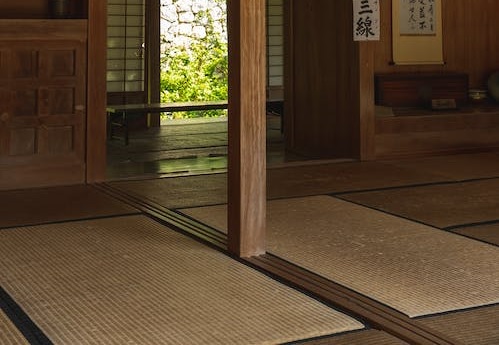Antimicrobial & Antibacterial Floor Mats -Uses & Review

Antimicrobial & Antibacterial Floor Mats: An Introduction
In environments where cleanliness and hygiene are paramount, the minutest details can make a significant difference. One such detail that has garnered attention in recent times is the use of antimicrobial and antibacterial floor mats. These aren’t your regular mats; they serve a dual purpose – providing the basic functionality of a floor mat while actively combating the growth of harmful microorganisms.
Antimicrobial and antibacterial floor mats have risen in prominence, especially in contexts where hygiene is paramount. Beyond their conventional utility, these mats offer an enhanced layer of protection against harmful microorganisms. Let’s delve deeper into their features, benefits, and applications.
Features:
- Material: The majority of these mats are crafted from materials that are either inherently resistant to microbes or have been treated with specific agents. Common materials include rubber and polypropylene.
- Non-porous Surface: To prevent the absorption and subsequent growth of microorganisms, many of these mats are designed to be non-porous.
- Treated Fibers: Some mats feature carpet-like fibers that are treated with antimicrobial agents, ensuring that they trap dirt and debris while preventing microbial growth.
Technology & Functionality:
- Silver Ion Technology: Silver ions, known for their antimicrobial properties, are embedded into some mats, disrupting the cellular function of microbes.
- Treated Surfaces: Some mats are sprayed or coated with antimicrobial solutions that provide a protective layer against bacterial growth.
Maintenance & Care:
- Cleaning: While these mats resist microbial growth, regular cleaning remains essential. Using a mild detergent and warm water is typically recommended. It’s also essential to ensure they dry thoroughly to prevent any moisture-related microbial growth.
- Periodic Inspection: Over time, the antimicrobial properties may wear down, especially on mats with treated surfaces. Regularly checking for signs of wear and tear and replacing mats as needed ensures that they remain effective.
Considerations When Purchasing:
- Lifespan of Antimicrobial Properties: While some mats inherently resist microbes, others lose their effectiveness over time. Understanding the expected lifespan can guide purchasing decisions.
- Safety: Mats should also be slip-resistant, ensuring that they do not become a hazard, especially in wet conditions.
Antimicrobial vs. Antibacterial: Before diving deep, it’s crucial to distinguish between the terms.
- Antimicrobial: This refers to a broad spectrum of protection against bacteria, fungi (including molds), and even some viruses. An antimicrobial agent kills or inhibits the growth of these microorganisms.
- Antibacterial: As the name suggests, antibacterial agents specifically target bacteria, killing or slowing their growth.
Core Benefits:
- Hygiene Maintenance: These mats help in keeping the floor clean not just from dirt and moisture but also from harmful microorganisms, ensuring a healthier environment.
- Longevity: The growth of bacteria and fungi can deteriorate the mat material over time. With the protective agents, the mats last longer.
- Odor Reduction: A significant advantage of reducing microbial growth is the decrease in odors often associated with bacteria and fungi.
Applications: Antimicrobial & antibacterial floor mats find their use in various settings:
- Healthcare Facilities: In places like hospitals and clinics, where hygiene is a top priority, these mats can provide an additional layer of protection against contaminants.
- Commercial Kitchens: These settings are prone to moisture and food spills, which can be a breeding ground for bacteria. Such mats help in maintaining cleanliness.
- Gyms & Fitness Centers: With sweat and humidity, fitness centers can benefit from these mats, ensuring a more sanitary environment.
- Public Buildings & Schools: High footfall areas can benefit from these mats, ensuring public health safety.
How Do They Work? These mats are often treated with specific agents or manufactured using materials that have inherent antimicrobial or antibacterial properties. These agents disrupt the growth processes of the microorganisms, ensuring they do not multiply or cause harm.
Conclusion
With the world becoming increasingly health-conscious, innovations like antimicrobial and antibacterial floor mats reflect the growing emphasis on holistic hygiene practices. They might seem like a small cog in the vast machinery of public health and cleanliness, but their role is undeniably significant. As we delve further, we’ll explore their materials, technologies used, and the best practices for their maintenance and use.
Antimicrobial and antibacterial floor mats represent a synergy of design, functionality, and health-consciousness. In a world that’s increasingly focused on health and hygiene, such innovations highlight the importance of integrated solutions in everyday items. Whether in a hospital, a gym, or a school, these mats offer a first line of defense against harmful microorganisms, playing a crucial role in ensuring safer, cleaner environments.








